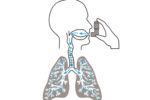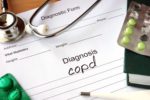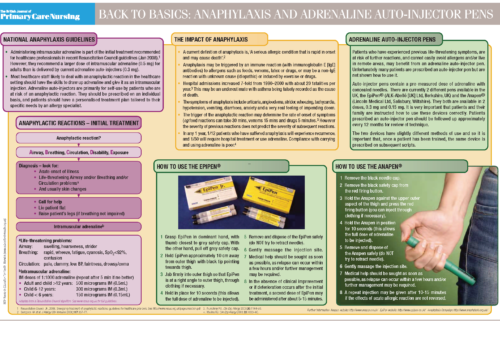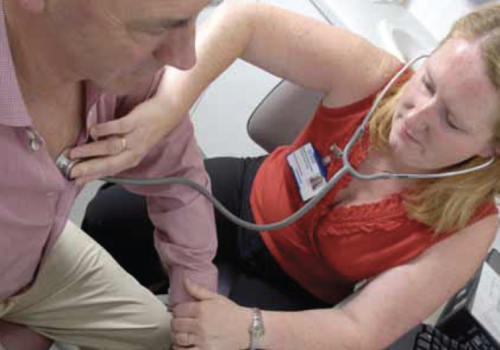You may have thought you were safe from dire warnings about global warming in the pages of BJPCN. But hayfever is one of the themes of this issue and the mild winter has meant that some people suffered symptoms much earlier than usual as pollens which can trigger allergic reactions were found in the air as early as January.


























